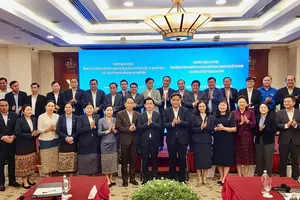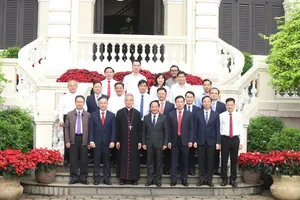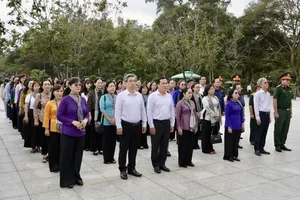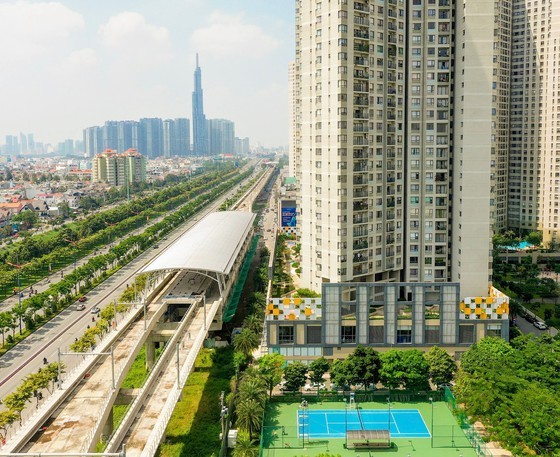
It is estimated that from 2021-2025, the population of HCMC will come to 10.25 million, and is in need of 367,000 houses on a surface of 50 million square meters, reaching the ratio of 23.5m2 per person in 2025. In the next 5 years, when the population is 11.29 million, the city will need to use an addition 57.5 million square meters for residential purposes to increase the ratio to 26.5m2 per person.
In the first period from 2021-2025, the city plans to develop 40.7 million square meters of low-leveled houses in the detached house construction project and 9.3 million square meters of apartment buildings. 5 years after that will be the time to construct more low-leveled houses on 44.7 million square meters and apartments on 12.8 million square meters.
The HCMC Construction Department said that these residential projects in the next 10 years need a large capital amount of VND1.52 quadrillion (US$65.4 billion), supposedly to be mobilized from businesses, credit organizations, accumulated capital of households, and other sources. Public housing development will take the capital from mobilizing contribution of businesses, preferential credits, and 10 percent of the city budget.
The total surface area needed to develop accommodation in the next 10 years will be 5,239ha, including 4,788ha of commercial residence and 451ha of public housing.
To fulfill these missions, HCMC is promoting the growth of apartment buildings and land use around metro stations, increasing the proportion of rental housing to meet the demands of low-income residents, and offering a variety of payment methods like renting, renting-buying, buying, with a priority for businesses constructing rental housing and below-market-rate housing.
In the downtown area, HCMC is boosting the development of apartment buildings, along with corresponding infrastructure upgrades to avoid overloading. The districts of 7, 12, Binh Tan and Thu Duc City will focus on project-based housing development, while the suburban will concentrate on infrastructure growth for below-market-rate housing projects to serve immigrants to the city.
Director of HCMC Construction Department Tran Hoang Quan confirmed that HCMC has the land resource for 70,000 public houses; however, only 13 construction projects for this kind are entering the land clearance stage. When all 33-34 projects finish this stage, the land for public housing will be more. The municipal authorities pay much attention to the growth of this housing type, and are creating favorable conditions for private businesses to complete their public housing projects. Anyone with difficulty can ask the State to help them choose investors.
Chairman Phan Van Mai stated that there must be short-term and long-term directions for housing development in HCMC, with thorough analysis of the market demands, social security policies, as well as consistency with city space development, land use planning, and infrastructure.
During urban planning and industrial park planning, the city must allocate land resource for residential areas. Projects for commercial residences and industrial parks must essentially include space for public housing. Transparency in choosing investors via auctions for urban development projects is also advisable.
He added that to address capital-related issues, the city should encourage the participation of all economic sectors in residential projects, use all possible capital sources from banks, legal mobilization. The city can adopt preferential tax policies such as tax exemption or VAT reduction for businesses building public housing. More importantly, the real estate market must avoid any unhealthy intentions, while the city should reform administrative procedures to save cost for investors.
General Director of Phuc Khang Corp commented that to fulfill such huge missions of housing and infrastructure development in the next 10 years, there must be a close cooperation between the government and businesses to ensure the legal aspect and the speed of these projects.
Urbanism and planning expert Dr. Nguyen Minh Hoa suggested that HCMC needs more suitable mechanisms, road maps via better housing policies, favorable conditions for the private sector to join in the game, appropriate policies for households to borrow money for accommodation repair or building. The goal of 100,000 public houses for the poor of HCMC does need credit support, while there is alarming state of major real estate enterprises in HCMC are changing their direction to housing in other provinces, possibly leading to resource lack.
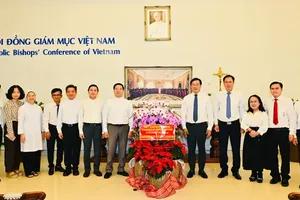

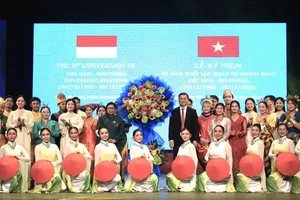
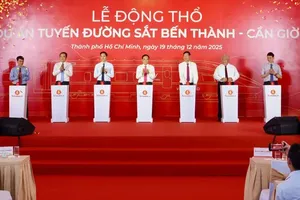


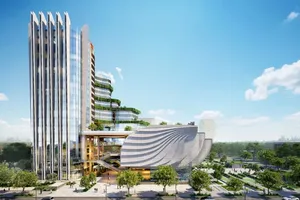
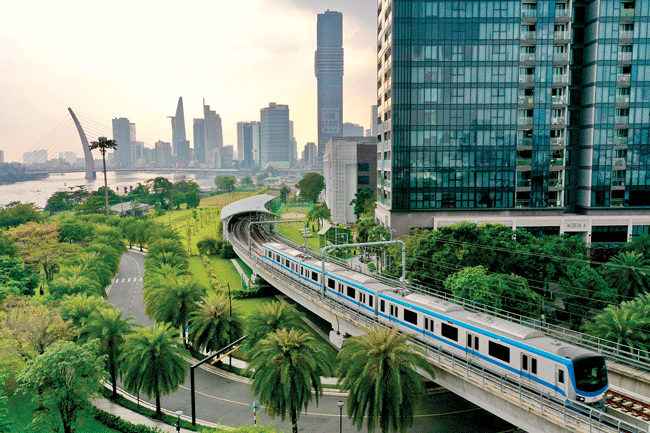
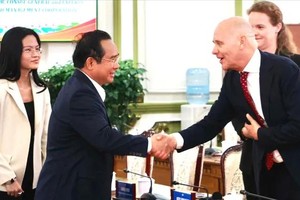
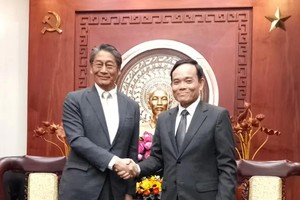

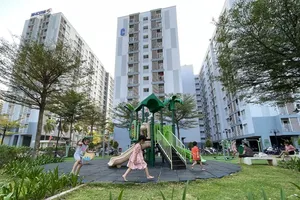

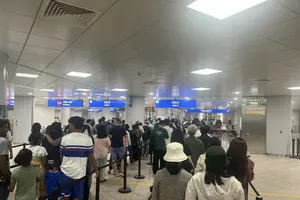
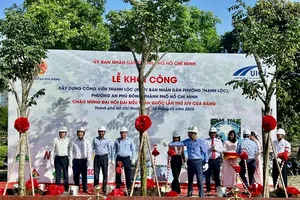

)
